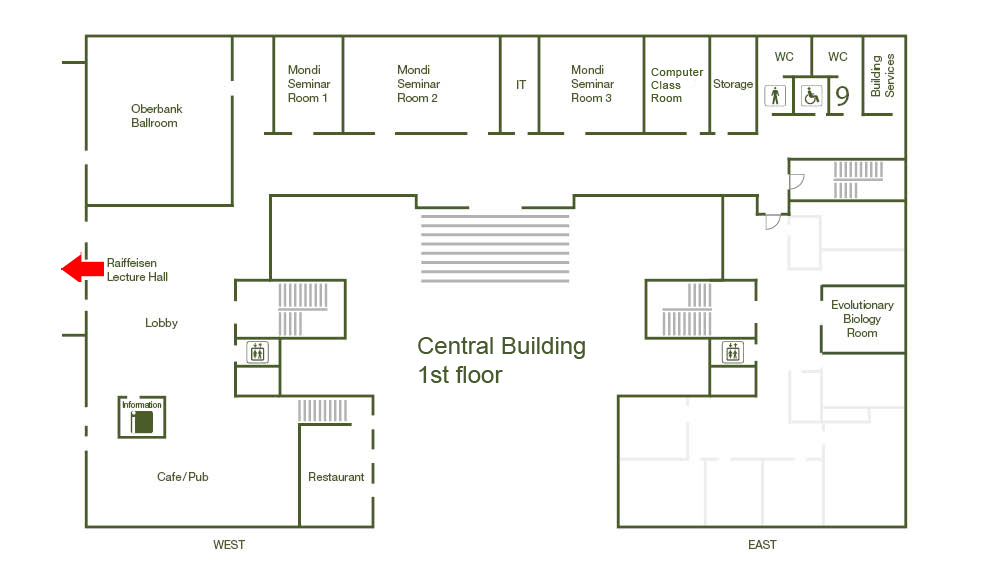Network and Molecular Mechanisms of Memory
Date
Monday, September 12, 2011 16:45 - 17:45
Speaker
John Lisman (Brandeis University)
Location
Raiffeisen Lecture Hall, Central Building
Series
Colloquium
Tags
Institute Colloquium
Contact

The hippocampal system is needed for episodic memory, a form of memory in which event sequences play a critical role. There is now substantial evidence that information is stored in the hippocampus by long-term potentiation (LTP), a process by which repetitive high frequency firing produces a long-lasting increase in the strength of synapses. The entorhinal cortex is the brain region that provides input to the hippocampus, but it has been unclear whether this structure can produce the repetitive firing about recent events required to produce LTP. We have studied the firing pattern of grid cells in the entorhinal cortex and found that they do exhibit such firing patterns; we term this the retrospective mode. This mode alternates on a second by second basis, with a different predictive mode in which the system represents upcoming positions. This alternation may be a solution to the general problem of how to organize separate storage and recall processes and equivalent to the read/wrote modes of computer memory. In the second part of my talk I will talk about progress in understanding the molecular processes by which memory is stored at synapses. The abundant brain protein kinase, CaMKII, is activated during LTP, and can then bind at the synapse to the NMDA receptor. We have shown that dissociating this complex can erase previously induced LTP. Thus the CaMKII/NMDAR complex is now a leading candidate as the molecular basis of memory